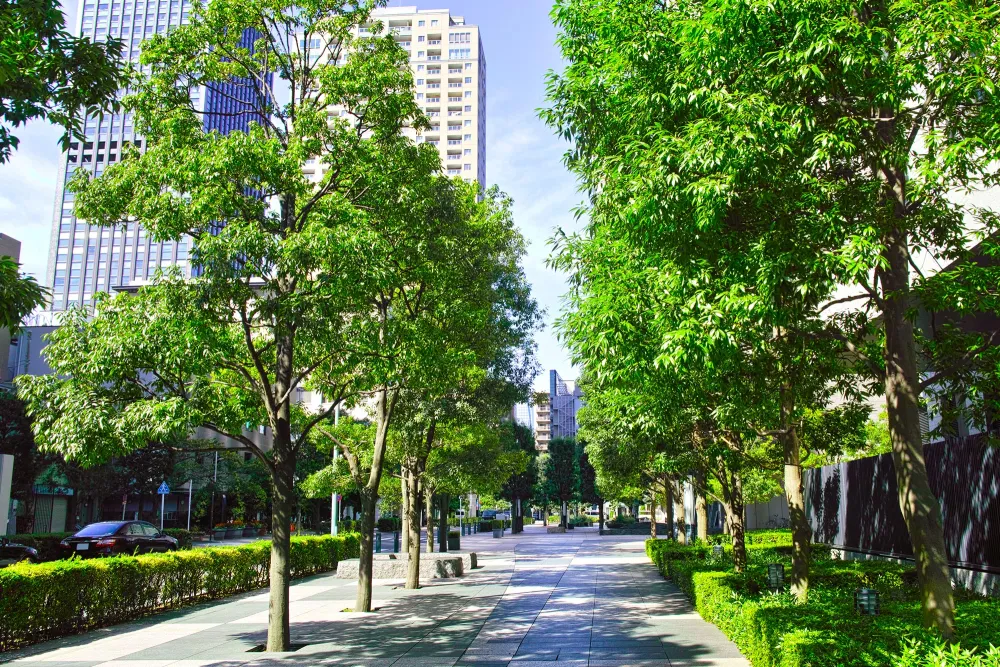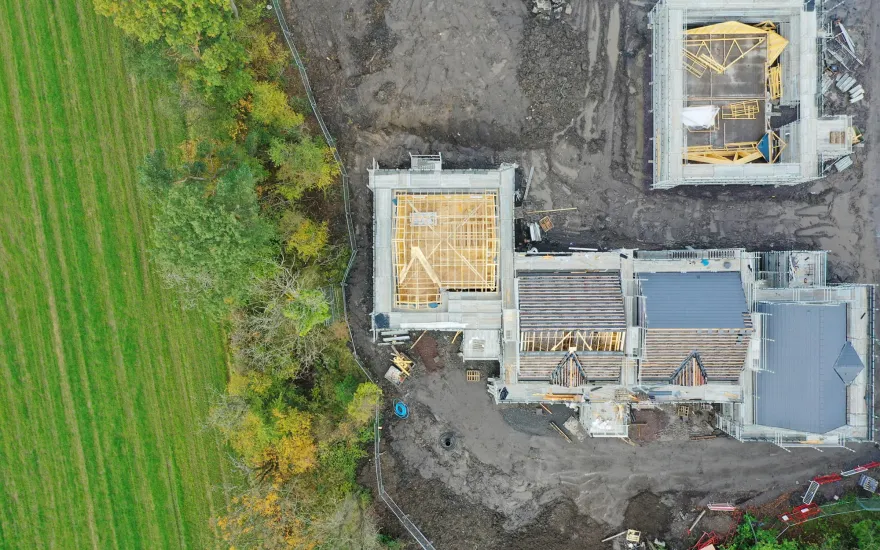Now live: The 2025 Canopy Report. Learn how Americans see trees. GET THE REPORT
Bulletin
How to Grow a Better City Tree
If there is one thing on which every community can agree, it is that money is one of the things that does not grow on trees. With more expected from small budgets — coupled with higher demands for service and savings — it’s time to pay more attention to the quality of trees purchased for streets, parks, and other public grounds and how they are planted.

A few principles can guide the way.
Who would buy a new car without looking at its engine, perhaps kicking its tires and most certainly considering the size of the garage or other space where it will be parked? Yet every year, thousands of trees are purchased without a clear understanding of the condition they should be in upon arrival or how they should be treated to assure the best chances of long, healthy lives.
Charlotte, North Carolina, is a good example of how city arborists have found a solution to this problem. Working in partnership with the nonprofit group TreesCharlotte, this Tree City USA community plants more than 15,000 trees annually as it works toward the goal of having 50% canopy cover by 2050. Like other communities that recognize the importance of trees and of doing the job right when trees are selected and planted, Charlotte addresses the three keys to better street trees: (1) quality nursery stock, (2) space for the roots, and (3) pruning young trees for structure.
Charlotte’s city arborists work in close partnership with city engineers and landscape architects in designing projects, and they rely on regional nurseries for their planting stock. Contractors are used for some planting projects and volunteers with TreesCharlotte carry a large part of the load. In all cases, quality is clearly specified before any work begins and inspections take place before any finished work is accepted.
In this bulletin, the key principles for growing better city trees are presented. Our goal: growing better city trees for long term savings and safer, healthier tree canopies in all communities.
In This Bulletin
Here’s what’s inside:
- Principle 1: Make Sure the Roots are Right – healthy, well-structured roots are key
- Principle 2: Provide Safe Space to Grow – think about how much room a mature tree will need, including roots
- Principle 3: Prune Young Trees (If Needed) – when and why to prune or not prune
